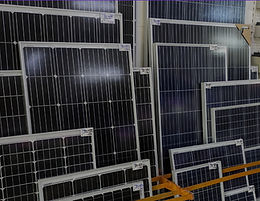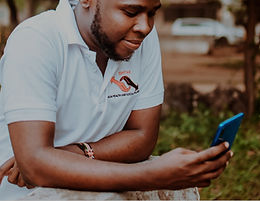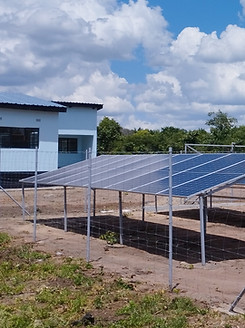
Support A Future Where Everyone Has Electricity.
Your generous support can bring the transformative power of renewable energy to communities in Zambia. Every donation helps illuminate classrooms, bring clean, reliable power to health centers, and provide the tools for brighter futures.
Together, we can build systems that last, ensuring health and education thrive for generations to come.

Funds a 12kW mini solar grid with 18-hour battery storage at a health centre or school ensuring consistent empowerment and operation of equipment.
CA$40,000

+ CA$2,500
Provides a year of high-bandwidth internet which enables remote medical consultations and ensures internet access in schools.

+ CA$5,000
Provides community programming such as training of local technicians and investing in the next generation of African engineers.
Timeline of Key Milestones
March 2024
August 2024
March 28, 2025
November 2025
Launch of EBT Phase I
Launch of EBT Phase II
Chimphanje Solar Mini-Grid
Planned Next Steps
EBT officially begins with Phase I, focusing on stakeholder engagement, energy audits, and needs assessments across rural schools and healthcare facilities in East and Southern Africa.
Phase II kicks off, aiming to install solar energy systems and digital infrastructure at 10–12 sites between 2025–2026. Chimphanje Rural Health Centre is selected as the first pilot site.
In March 2025, Chimphanje Health Post became the first EBT Phase II site, upgraded to a zonal health centre with a 12 kWp solar mini-grid and solar-powered water pump providing hot, piped water throughout the facility.
Next steps include impact research, technician training, digital upgrades, and expansion to Dambe sites. In 2026, the Chimphanje system will be handed over to local authorities with a sustainability plan.
Lighting the Path Forward
Over 1 billion people around the world still lack access to electricity, and three-quarters of them live in Africa. In Zambia, 1 in 4 rural schools have access to power.
This isn’t just a gap — it’s a chance to build. With the right partnerships and investment, communities across Africa can leapfrog into a clean energy future — one that supports education, opportunity, and local innovation.




